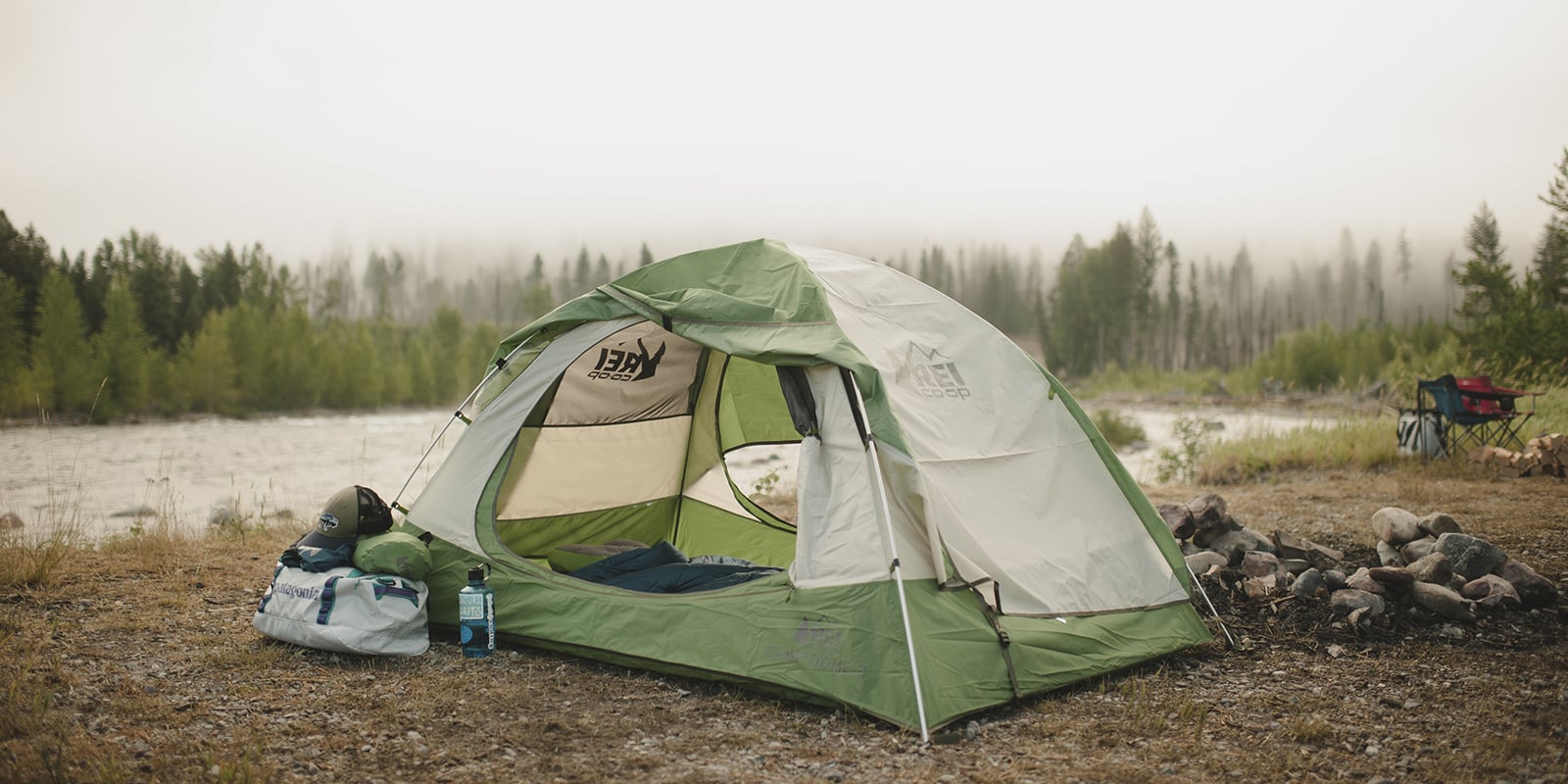Introduction
As nature enthusiasts and adventure seekers venture into the great outdoors, finding suitable shelter becomes a top priority for a comfortable and secure camping experience. Among the myriad of camping gear, tents stand as an essential element, providing a refuge from the elements and reliable protection against the forces of nature. In this comprehensive guide, we delve into the world of camping tents, exploring their various types, essential features, factors to consider when choosing one, and best practices for care and maintenance. By understanding the nuances of camping tents, campers can ensure that their outdoor adventures are enriched with the perfect shelter, offering comfort, security, and a seamless integration with the natural surroundings.
Part 1: Understanding the Types of Camping Tents
Level 1: Dome Tents
Dome tents are a popular choice for campers, characterized by their arched, dome-shaped design that allows for increased headroom and stability. These tents are known for their easy setup, lightweight construction, and ability to withstand wind and rain. With their efficient use of space and reliable performance in various weather conditions, dome tents are ideal for backpacking, hiking, and general camping excursions. Their compact size and simple assembly make them a versatile and convenient shelter option for outdoor enthusiasts.
Level 2: Cabin Tents
Cabin tents, with their spacious and vertical wall designs, offer campers ample headroom and interior space, resembling the layout of a cabin or a room. These tents are suitable for family camping trips, car camping, and extended stays, providing generous space for multiple campers, storage of gear, and comfortable movement within the tent. Cabin tents often feature multiple rooms, large windows, and separate living areas, making them an excellent choice for those seeking a more home-like camping experience with added comfort and convenience.
Part 2: Essential Features of Camping Tents
Level 1: Weather Resistance
A crucial feature to consider when choosing a camping tent is its ability to withstand various weather conditions. Weather-resistant tents are designed to keep campers dry and protected from rain, wind, and harsh elements. Look for tents with durable, waterproof materials, such as treated nylon or polyester, and sealed seams to prevent water infiltration. Additionally, tents with efficient ventilation systems and sturdy pole constructions provide added support and airflow, enhancing comfort during different weather scenarios.
Level 2: Portability and Ease of Setup
Portability and ease of setup are essential factors for campers who value convenience and efficiency when choosing a camping tent. Lightweight, compact tents that can be easily transported in backpacks or car trunks are ideal for backpackers, hikers, and those with limited storage space. Furthermore, tents that offer straightforward and quick assembly, such as those with color-coded poles and intuitive designs, minimize setup time and effort, allowing campers to focus on enjoying their outdoor adventures with minimal fuss.
Part 3: Factors to Consider When Choosing a Camping Tent
Level 1: Capacity and Living Space
When selecting a camping tent, determining the required capacity and living space is crucial to ensuring comfort and functionality during outdoor stays. The tent’s capacity should align with the number of people it can accommodate, ensuring there is enough room for sleeping, storing gear, and moving about comfortably. Additionally, considering the tent’s interior layout, floor dimensions, and height clearance is vital to assess whether it meets the campers’ spatial needs and preferences, ensuring a comfortable and functional living space.
Level 2: Seasonal Versatility
The seasonal versatility of a camping tent plays a significant role in its suitability for different outdoor environments and weather conditions. Some tents are designed for specific seasons, such as summer, three-season, or four-season tents, each tailored to provide optimal comfort and protection in varying climates and terrains. Understanding the intended use and environmental conditions will help campers choose a tent that offers the appropriate seasonal coverage, durability, and insulation needed for their outdoor pursuits.
Part 4: Care and Maintenance of Camping Tents
Level 1: Cleaning and Storage
Proper care and maintenance of camping tents are essential for preserving their longevity and performance. After each use, it’s important to clean the tent to remove dirt, debris, and moisture that can lead to mold and mildew. Use a gentle soap and water to spot clean any soiled areas, and ensure the tent is completely dry before storing it to prevent unpleasant odors and damage. Once cleaned, store the tent in a cool, dry area away from direct sunlight and moisture, using a spacious storage sack to prevent compression and stress on the fabric and poles.
Level 2: Repairs and Inspections
Regular inspections of camping tents are necessary to identify and address any issues that could compromise the tent’s structural integrity and weather resistance. Perform routine checks for damaged seams, tears, pole issues, or zipper malfunctions, and make timely repairs using patch kits, sealants, or replacement parts as needed. Addressing minor damages promptly and proactively maintaining the tent’s components ensures that it remains reliable
Part 5: Innovative Advancements in Camping Tent Technology
Innovative advancements in camping tent technology have led to the development of eco-friendly materials and construction methods that prioritize sustainability and reduced environmental impact. Manufacturers are increasingly utilizing recycled and sustainable materials for tent fabrics, poles, and accessories, reducing the carbon footprint of tent production and contributing to a more environmentally conscious outdoor industry. Campers can now find tents that incorporate eco-friendly features, such as responsibly sourced materials, recyclable components, and low-impact manufacturing processes, aligning with their ecological values and sustainable practices.
Conclusion
Camping tents serve as essential shelters and sanctuaries for outdoor enthusiasts, providing comfort, protection, and a sense of home amidst natural landscapes. By understanding the various types of camping tents, essential features, factors to consider when choosing one, and best practices for care and maintenance, campers can make informed decisions and select the perfect tent to enhance their outdoor experiences. With an array of innovative advancements in camping tent technology and a focus on sustainability, the camping industry continues to evolve, offering campers an exciting array of options to suit their preferences, needs, and environmental values. By embracing these advancements and prioritizing the care and maintenance of their shelters, campers can ensure that their camping tents remain reliable, comfortable, and enduring companions throughout their outdoor journeys.




